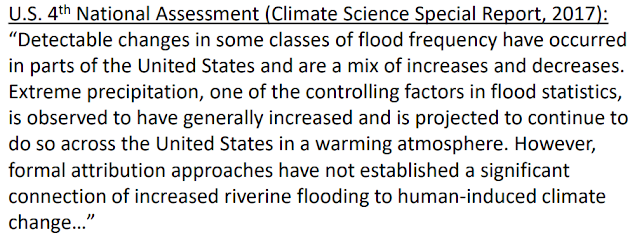Commentary and chart analysis featuring Elliott Wave Theory, classic TA, and frequent doses of sarcasm.
Work published on Yahoo Finance, Nasdaq.com, Investing.com, RealClearMarkets, Minyanville, et al
Join the ongoing discussion with our friendly, knowledgeable, and collegial forum community here!
Amazon
Wednesday, October 27, 2021
SPX and the Index Formerly Known as INDU
Monday, October 25, 2021
SPX Update
"US stock prices are rising again today, thanks to strong fundamental economic growth driven by free market capitalism. The rising tide of unfettered economic growth with no central bank interference means that stock prices should rise every day. And they do. What a world! All members of society will be rich, as the free market distributes wealth to all segments of society equally. Today is no exception. As you can see from this 2 hour bar chart, the market is now lifting off from a massive base. That base followed the terrible, and completely unnecessary September Bear Market of Blessed Memory. According to the rules of Modern Technical Analysis (aka MTA- change at 63rd Street for the Q line), all patterns are bullish, and the Measured Move Target (MMT, as derived) of 4680… Or 4860, I forget. Besides WTF difference does it make."
"Modern Technical Analysis -- all patterns are bullish" cracked me up. Apparently this market is frustrating more than one analyst right now.
In any case, in conclusion, no real change from Friday's update, with the addition of some more potential upside zones... in line with Modern Technical Analysis. Trade safe.
Sunday, October 24, 2021
Is There a Climate "Crisis"? Part II: A Look at the Hard Evidence; Extreme Weather
"change" ≠ "crisis"These are two very different words, with very different meanings."Change" means "to make or become different.""Crisis" means "a time of intense difficulty, trouble, or danger."
A few years back, all we heard was how there was a "consensus" on climate "change." But then politicians and the media gradually began to conflate the term "change" with the term "crisis," often by adding in their own commentary to "97% of scientists agree..." They would say things like, "97% of scientists agree the Earth is warming up and that if we don't do something immediate and drastic, then we're all going to perish in flames! Everyone RUN FOR YOUR LIVES!"
97% of scientists agreed to no such thing; but this verbal bait-and-switch has been done by politicians and media to the point that few seem to question it anymore.
Thus, [if one actually cares about what science has to say, anyway] it is extremely important to clarify that there is no consensus on a climate "crisis." There is a consensus on climate "change" (though one can strongly debate the methodology of the surveys used to determine that "consensus," and further debate whether consensus has any value in science in the first place -- but for sake of argument, let's grant that point for now anyway, because it's irrelevant), but it bears repeating that there is no consensus that this climate "change" represents any sort of "existential crisis" for the planet.
"[S]ignificant drought conditions that were common prior to 1900 have not been experienced by the present population."
Therefore, we conclude that it is premature to conclude with high confidence that increasing atmospheric greenhouse gas concentrations from human activities have had a detectable impact on Atlantic basin hurricane activity
Friday, October 22, 2021
SPX and COMPQ: Back to the Drawing Board
Wednesday, October 20, 2021
SPX and TRAN: Real Estate Running Thin
Monday, October 18, 2021
SPX Update: ...with the addition of a surprise...
Friday, October 15, 2021
SPX Update: Three Wave Pshaw
Last update noted the bevy of long-term trendlines just below the market, and, not surprisingly, the market managed a respectable bounce from those lines. If you're a bull, then that's the back-test you were hoping for, and you probably stay the course.
Obviously, "stay the course" is not the direction I've been leaning, but this is why I try not to ignore things that run contrary to my own biases. Especially when, as I wrote a few times, it's very early in the pattern and thus there's nothing resembling "confirmation" yet. So, along those same lines, the bull version of the three-wave rally is not an ending diagonal, but a bull nest.
In conclusion, the three wave rally off the October lows was not a subdividing bear ii. That idea was wrong and is off the table. From here, the bear version of the pattern is an ending diagonal C-wave, while the bull version is a bull nest. We'll track these as they develop. Trade safe.



































